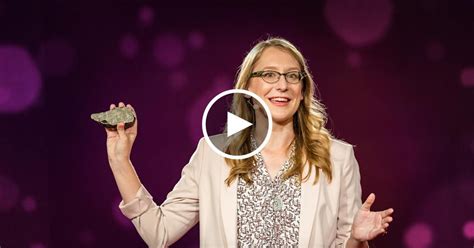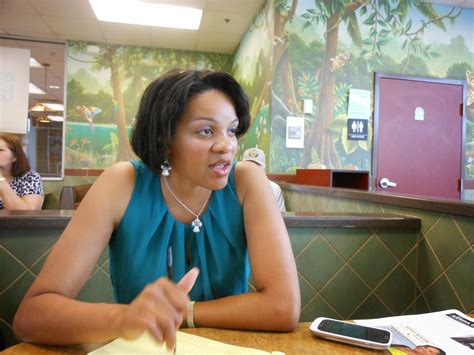A Quote by Carrie Nugent
The basic method to find asteroids hasn't changed much in hundreds of years. So asteroids in a telescope look just like stars with one exception: They move with time.
Related Quotes
One of the reasons NEOWISE is so valuable is that it sees the sky in the thermal infrared. That means that instead of seeing the sunlight that asteroids reflect, NEOWISE sees the heat that they emit. This is a vital capability, since some asteroids are as dark as coal and can be difficult or impossible to spot with other telescopes.
The strongest signals leaking off our planet are radar transmissions, not television or radio. The most powerful radars, such as the one mounted on the Arecibo telescope (used to study the ionosphere and map asteroids) could be detected with a similarly sized antenna at a distance of nearly 1,000 light-years.
If you were to stand on an asteroid in the main belt of asteroids between Mars and Jupiter in our solar system, you might be able to see one or two asteroids in the sky, but they would be very far away and very, very small. So you wouldn't have this 'dodging through tons of rocks' business you get in the movies.
I've said multiple times that the world's first trillionaire is going to be the person who exploits the resources of asteroids, the natural resources that are rare on earth and common on selected asteroids. So there are many different reasons you might want to go into space. You might want to spend your honeymoon on the far side of the moon.
People have to take seriously the threat coming from asteroids and what it represents. As Chelyabinsk reminded us, we have to take asteroids as a serious scientific concern, as well as a concern for protection of mankind and survival of the planet. This is not some kook policy. It's the protection of the interests of every single individual life on this planet.
There are stars in the night sky that look brighter than the others, and when you look at them through a telescope you realize you are looking at twins. The two stars rotate around each other, sometimes taking nearly a hundred years to do it. They create so much gravitational pull there's no room around for anything else. You might see a blue star, for example, and realize only later that it has a white dwarf as a companion - that first one shines so bright, by the time you notice the second one, it's too late.































